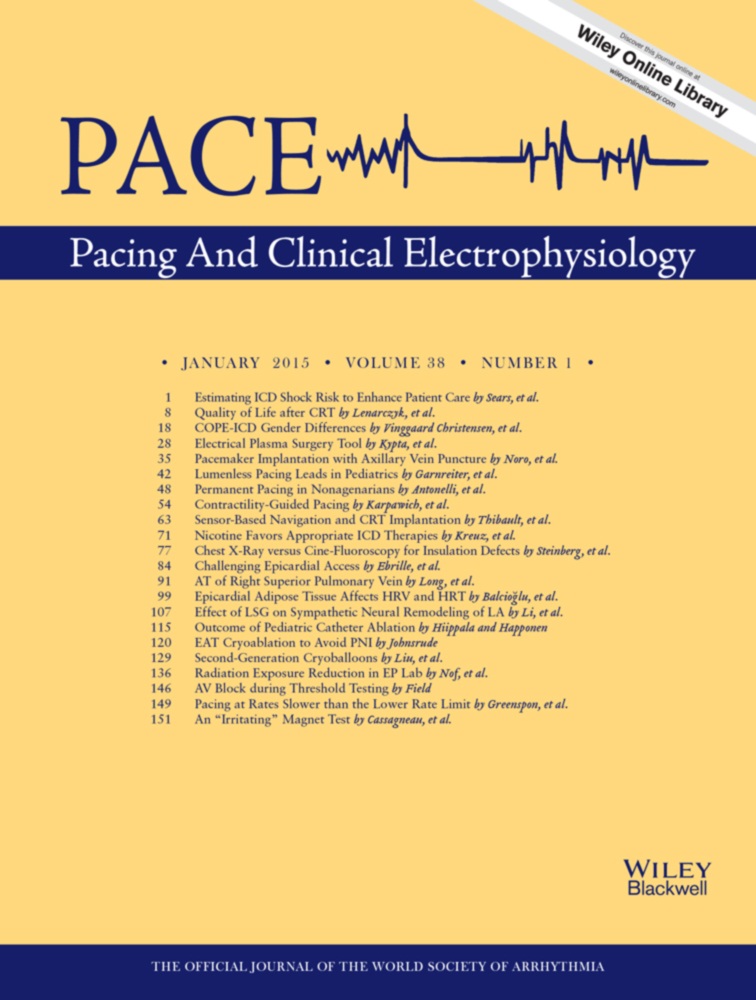Reducing Radiation Exposure in the Electrophysiology Laboratory: It is More Than Just Fluoroscopy Times!
Disclosures: Dr. Nof is a recipient of a grant from the “Talpiot Medical Leadership Program.” Dr. Epstein has received honoria from GE Healthcare. Dr. Soubelet and Mr. Cazalas work for GE Healthcare.
Abstract
Background
To exposure in patients undergoing cardiac electrophysiology (EP) ablation. This included the use of a “very low” dose protocol, and the impact of angulations and patient body mass index (BMI) on radiation dose as a mean to reduce exposure.
Methods
A total of 212 retrospective patient data sets were collected during EP ablation procedures on a biplane fluoroscopy system. Dose metrics were computed based on dose-area product (DAP) measured by the system for each x-ray acquisition.
Results
Dose baselines of different ablation procedures were established as DAP and DAP per hour, with respect to patient BMI. The use of a “very low dose” protocol reduced exposure by 62% while providing adequate image quality. With approximate left anterior oblique (LAO) 50° and right anterior oblique (RAO) 30°, DAP and DAP rate were significantly higher in LAO compared to RAO (11.2 [4.8–25.3] Gy·cm2 vs 5.28 [2.9–11.1] Gy·cm2 and 74.0 [38.2–136.1] Gy·cm2/h vs 25.0 [16.4–44.1] Gy·cm2/h, respectively; P < 0.001). DAP and DAP rate were also significantly higher in patients with BMI > 30 vs BMI ≤ 30 (34.2 [22.3–58.7] Gy·cm2 vs 12.4 [6.0–26.9] Gy·cm2 and 84.9 [68.1–120.4] Gy·cm2/h vs 34.2 [21.7–52.9] Gy·cm2/h, respectively; P < 0.001).
Conclusion
Protocol setting, system angulation, and BMI, in particular, wider angulation in LAO compared to RAO plane, exposes patients to significant higher radiation doses. Obese patients in standard LAO plane receive six times the radiation dose of nonobese patients in RAO.




